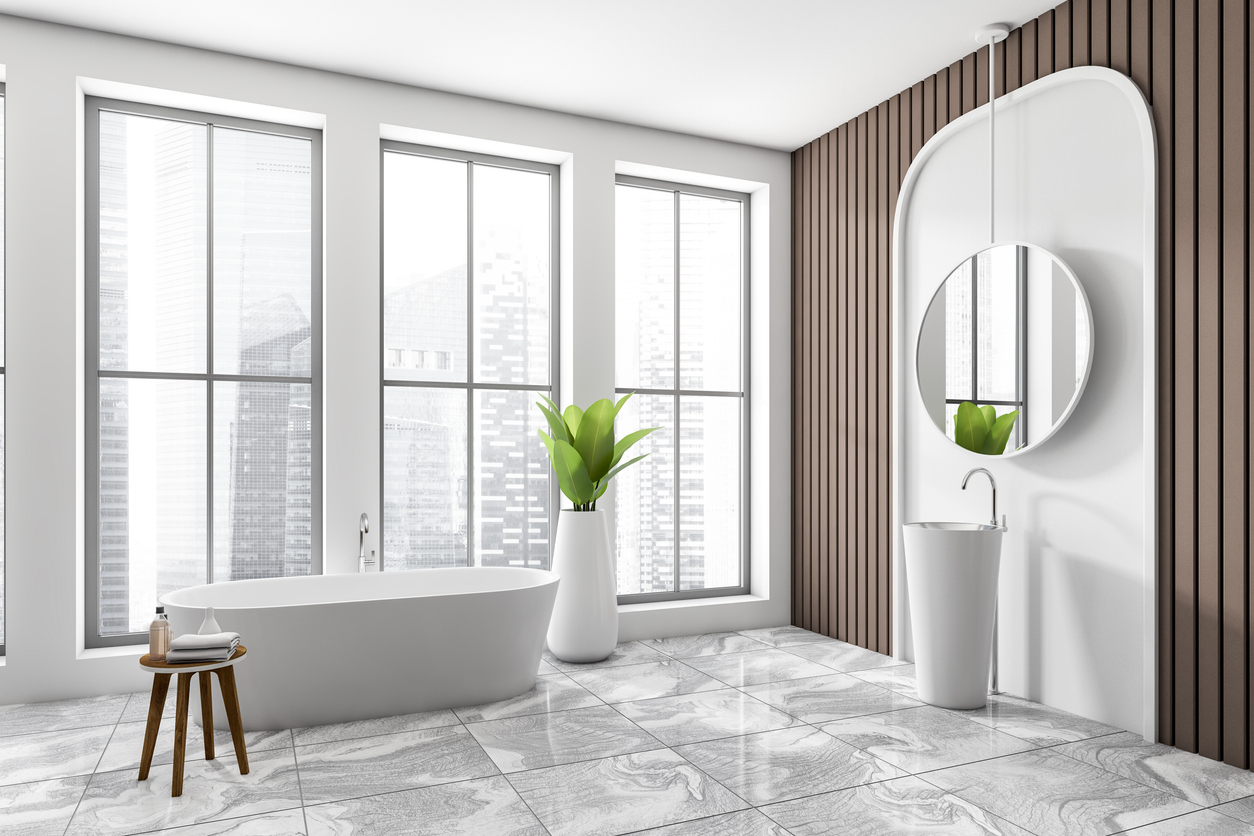
Deep Bathtubs Buying Guide 2025 -Photos & Examples
Deep bathtubs are designed for full-body immersion, offering greater depth and a more luxurious soaking experience than standard tubs. Perfect
When choosing a freestanding bathtub, the size is one of the most important factors to consider. Freestanding bathtubs offer a luxurious feel and can be the centerpiece of your bathroom, but you’ll want to ensure that the size fits both your space and your needs.
Below, we’ll discuss the most popular freestanding bathtub sizes, including 54, 55, 59, 60, and 72 inches in length.
| Bathtub Size | Length | Width | Height | Ideal For |
| Small Freestanding Bathtub | 54 inches | 27 inches | 15 inches | Compact bathrooms or small spaces |
| Moderate Freestanding Bathtub | 55 inches | 28 inches | 15-18 inches | Small to moderate-sized bathrooms |
| Standard Freestanding Bathtub | 59 inches | 29-30 inches | 18-20 inches | Medium bathrooms offering more space |
| Standard Freestanding Bathtub | 60 inches | 30-32 inches | 18-20 inches | Standard-sized bathrooms with sufficient room |
| Large Freestanding Bathtub | 72 inches | 32-36 inches | 20-24 inches | Spacious bathrooms with ample floor space |
Small freestanding tubs are ideal for those who have limited bathroom space but still desire the elegance and luxury of a freestanding bathtub. These tubs are compact and can fit in smaller bathrooms, making them perfect for homeowners who want to maximize their space without sacrificing style.
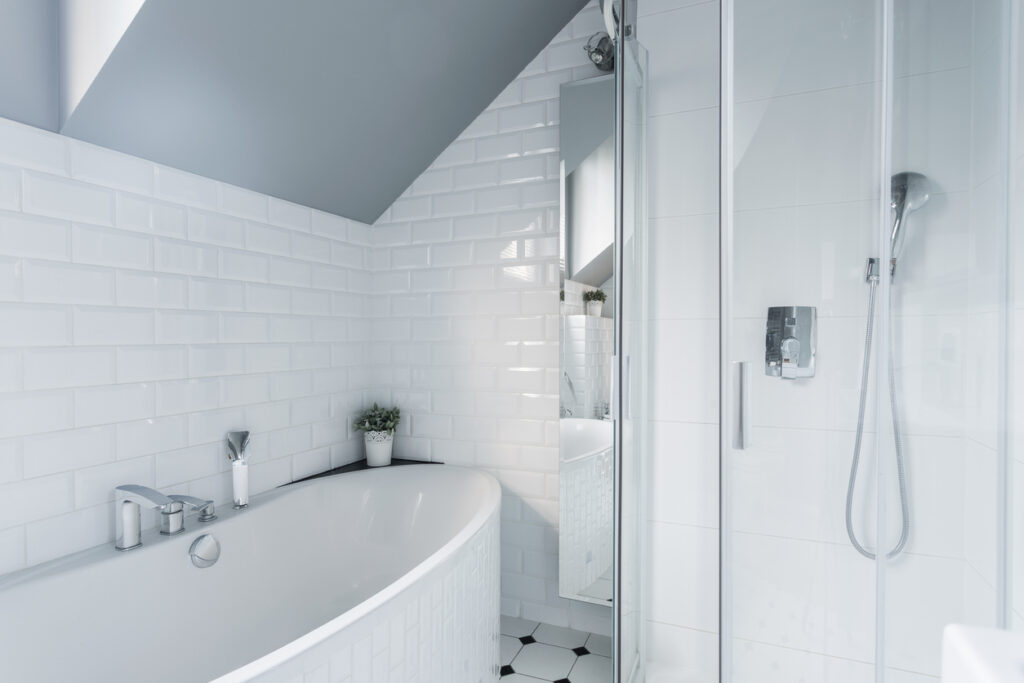
A small freestanding tub is an excellent choice for individuals who have a compact bathroom layout or live in a city apartment with limited space. They are also suitable for those who use their bathtub more for quick baths rather than long soaking sessions, as smaller tubs hold less water and fill more quickly.
Moderate-sized freestanding bathtubs strike a balance between space-saving functionality and a luxurious bathing experience. These bathtubs fit in most average-sized bathrooms and provide enough space for a relaxing soak while maintaining a sleek, elegant appearance.
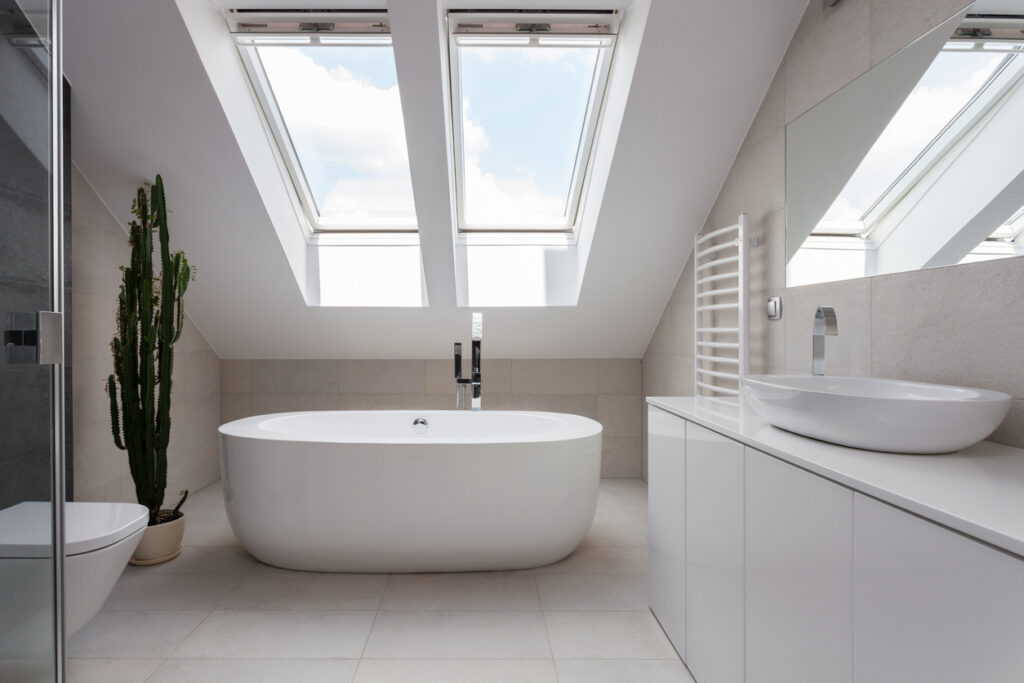
A moderate-sized freestanding tub is perfect for homeowners who have a standard-sized bathroom and want a bathtub that can serve both functional and relaxation purposes. It’s also a great fit for individuals who want a larger tub without taking up excessive floor space.
Large freestanding bathtubs are the epitome of luxury, providing ample space for a deep and relaxing soak. These tubs are a great fit for larger master bathrooms where space is not an issue, allowing you to create a spa-like atmosphere at home. They are often the choice of homeowners who want their tub to be a centerpiece of the bathroom design.
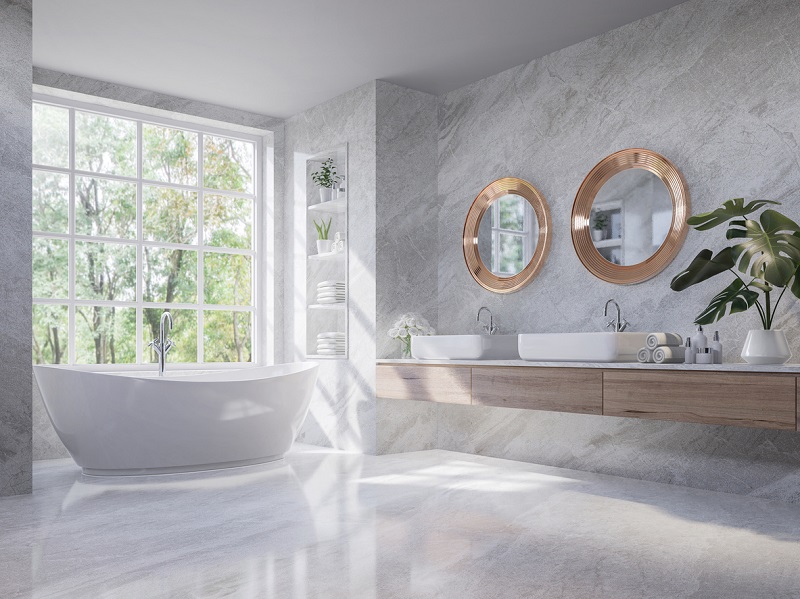
Large freestanding tubs are ideal for those who have ample bathroom space and want to indulge in a luxurious bathing experience. These tubs are also great for taller individuals who require more space to stretch out, as well as couples who want to share the tub.
Each section is now introduced with key details on who would benefit from each size and the common use cases. The relevant bathtub sizes for each category are also listed to help readers make a more informed decision. Let me know if you need further adjustments!
Selecting the right freestanding bathtub size is crucial for both the functionality and aesthetic appeal of your bathroom. Here are 6-8 detailed steps to help guide your decision:
The first step is to accurately measure your bathroom space to ensure the tub will fit. Freestanding tubs come in various sizes, and it’s essential to leave room for movement around the tub and for any additional fixtures like vanities, showers, or towel racks.
Think about who will be using the tub. For instance, a small tub (54-55 inches) may be sufficient for children or shorter individuals, while taller people may need a larger tub (60-72 inches) for a more comfortable experience.
Larger tubs hold more water, which may affect how long it takes to fill the tub and whether your water heater can support it. For example, a larger freestanding tub of 72 inches can hold between 90-100 gallons, requiring a larger capacity water heater.
Freestanding tubs, especially ones made from materials like cast iron or stone resin, can be quite heavy. You need to ensure your bathroom floor can support the weight of both the tub and the water it holds.
Are you using the tub primarily for quick showers or baths, or do you plan to use it for relaxation and long soaks? Smaller tubs are great for quick functionality, while larger tubs offer a more immersive bathing experience.
Freestanding tubs require specific placement and plumbing adjustments, as they are not built into walls like alcove tubs. You’ll need to ensure there is enough space around the tub for cleaning and accessibility.
Freestanding tubs come in various designs—from sleek, modern tubs to more traditional clawfoot designs. The size you choose should complement your bathroom’s design and the visual impact you want to create.
Lastly, think long-term. Consider whether the size and style of your bathtub will still suit your needs in the future, and how it could affect the resale value of your home. Larger, more luxurious tubs might appeal to future buyers, but they could also be a disadvantage if your home is in a market where space is at a premium.
By considering these 6-8 steps, you’ll be better equipped to select the perfect freestanding bathtub size that meets both your practical needs and design preferences.
Choosing the right freestanding bathtub size is an important decision that affects both the functionality and aesthetics of your bathroom. By carefully considering factors like bathroom space, user comfort, water capacity, weight, and installation requirements, you can ensure that your new tub not only fits perfectly but also enhances the overall experience of your space. Whether you’re opting for a small, moderate, or large tub, balancing practical needs with personal style will help you create a relaxing, luxurious environment tailored to your lifestyle. Taking the time to think through these considerations will ensure that you select a bathtub that you and your household can enjoy for years to come.

Eric is the founder and president of Badeloft USA. He has been the president of Badeloft’s US division for over ten years and oversees all marketing and branding aspects of Badeloftusa.com.
His expertise lies in small business development, sales, and home and bathroom industry trends and information.
Contact us with any business related inquiries.
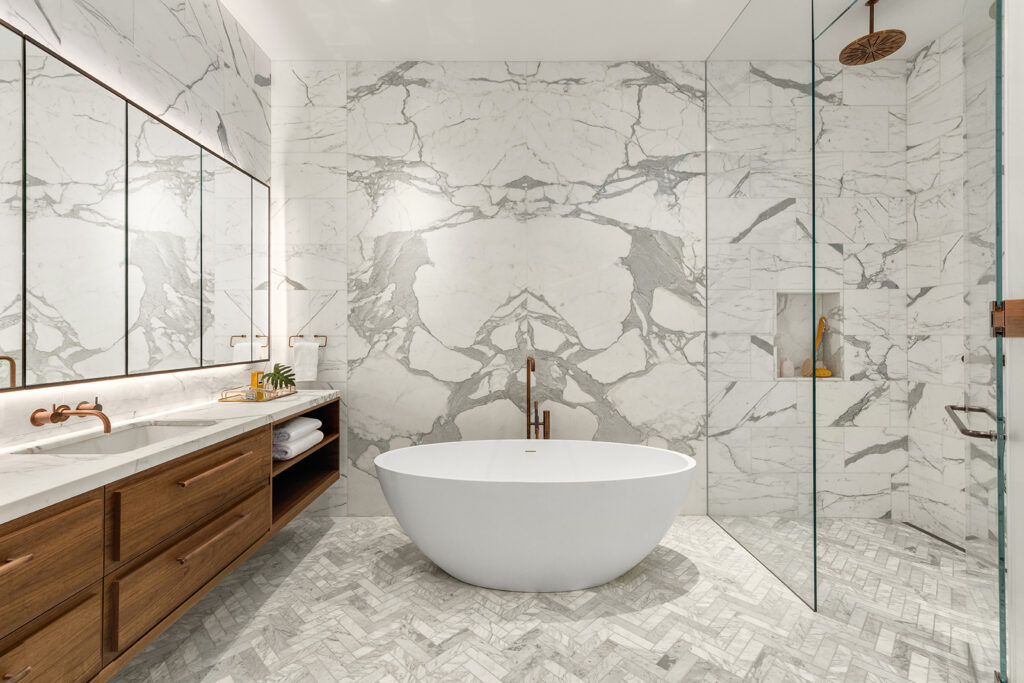
Free material samples and tub templates

Deep bathtubs are designed for full-body immersion, offering greater depth and a more luxurious soaking experience than standard tubs. Perfect

In 2025, bathtubs will be more than functional fixtures—they’ll be bold design statements that define bathroom aesthetics. From timeless white
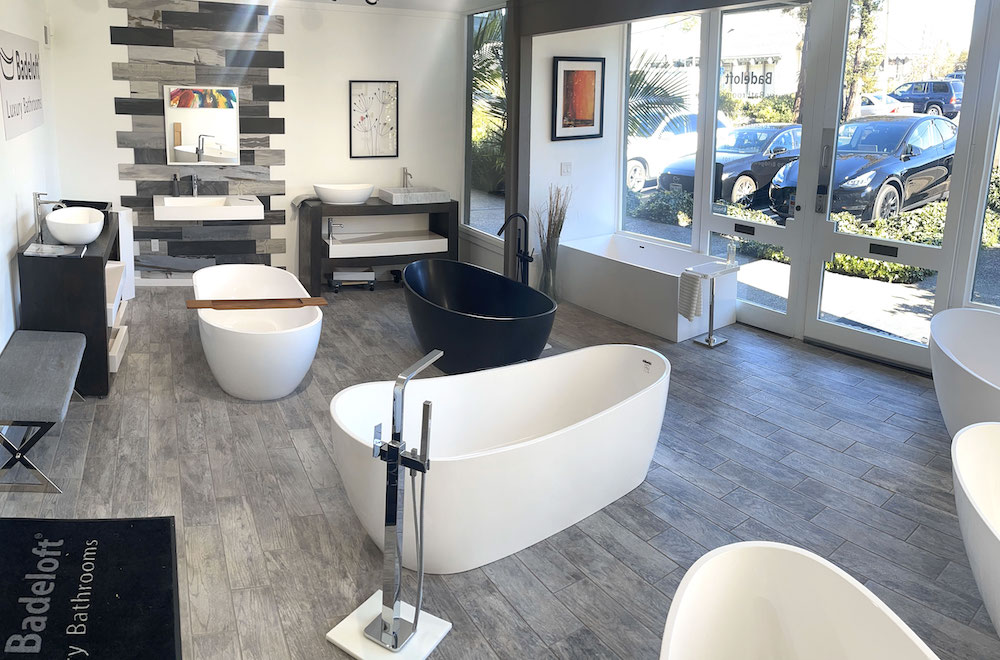
The San Francisco Bay Area is home to a variety of top-rated bathtub shops offering everything from modern, luxury designs
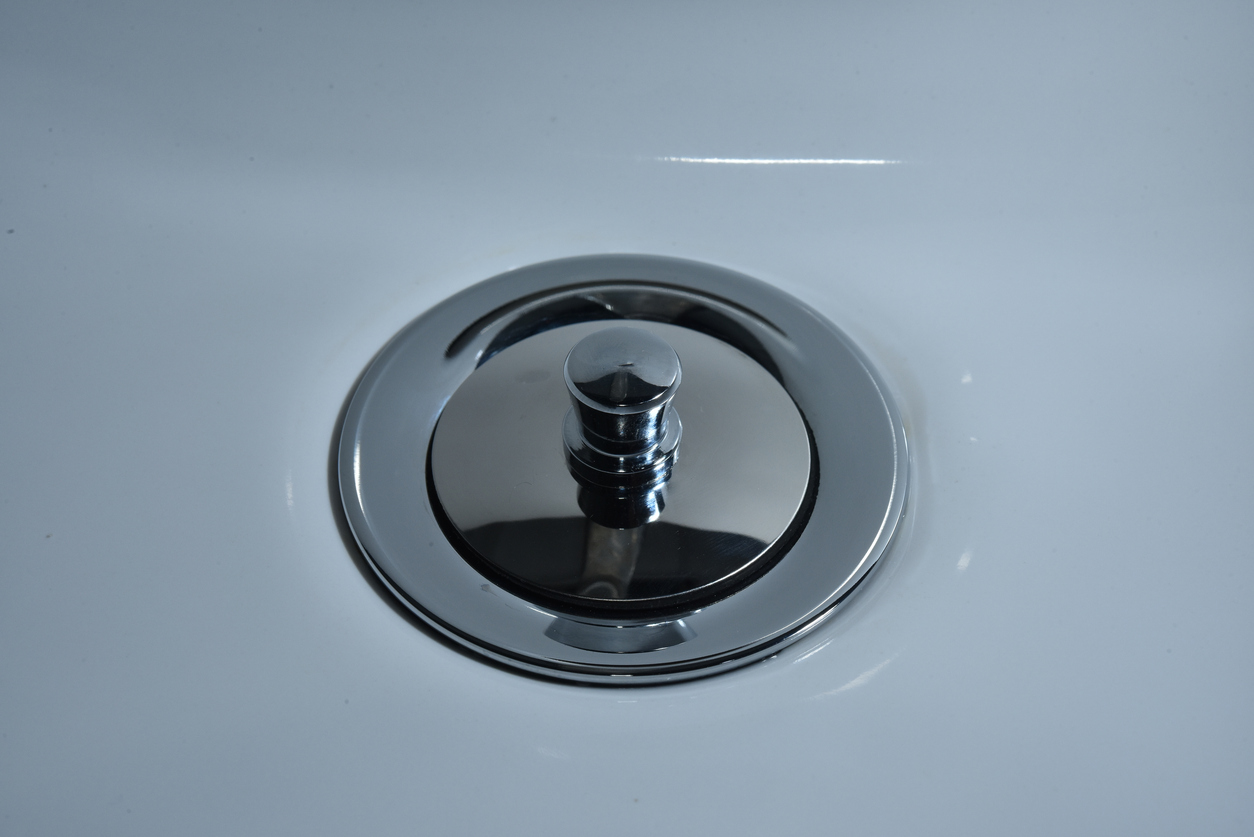
Choosing the right bathtub drain stopper is essential for creating a comfortable and functional bathing experience. With over 20 common
Fill out the form below to request a free material sample
"*" indicates required fields
"*" indicates required fields
"*" indicates required fields